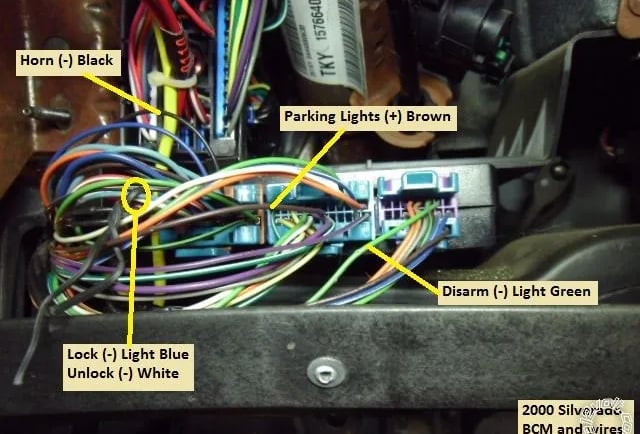New Truck Lighting Systems: How BCM Controls Without Fuses and Relays
4/1/20252 min read


Introduction to Modern Truck Lighting Systems
In recent years, the evolution of truck lighting systems has led to significant advancements in technology. Traditionally, these systems relied heavily on fuses and relays to control various lighting features. However, the advent of Body Control Modules (BCM) has transformed how these systems operate, allowing for enhanced functionality and reliability. This blog post explores how new truck lighting systems, now powered by BCM, eliminate the need for conventional fuses and relays, providing an altogether more efficient solution.
The Role of BCM in Truck Lighting Systems
The Body Control Module acts as the central hub for managing different electrical components within modern trucks, including the lighting system. Unlike traditional setups, where each light may have its own fuse and relay, the BCM uses integrated circuits to control lighting functions directly. This not only simplifies the wiring but also enhances the safety and performance of the truck’s electrical system.
By utilizing the BCM, manufacturers can implement more sophisticated lighting features such as adaptive headlights, daytime running lights, and automatic lighting controls, all while reducing the risk of electrical failures associated with blown fuses or malfunctioning relays. The robust nature of BCM technology ensures that all installations remain secure and efficient, streamlining the overall system.
Advantages of Integrating BCM Over Traditional Systems
Transitioning to a BCM-controlled lighting system offers several advantages that can greatly benefit truck owners and manufacturers alike. First and foremost, the reduction in the number of components leads to decreased production costs and simplified maintenance. The absence of fuses and relays means fewer parts to replace in the event of disruption, leading to less downtime for the truck. This is especially important for commercial truck applications where reliability is paramount.
Moreover, BCM systems enhance the adaptability of lighting functions, allowing drivers more control over their environments. Integration with onboard diagnostics ensures that any issues can be swiftly identified and rectified through onboard error codes, ultimately improving overall operational efficiency.
Furthermore, trucks equipped with BCM technology benefit from greater weight savings, as the electrical architecture is less complex and more compact. This can have a positive impact on fuel efficiency, contributing to lower operating costs in the long run.
Conclusion
As we move forward into an era of more intelligent and sophisticated vehicle technology, the transition to BCM-controlled truck lighting systems signifies a critical shift in engineering practices. The elimination of fuses and relays not only enhances safety and reliability but also opens up new possibilities for lighting innovation in the trucking industry. Adopting these advanced systems will pave the way for future enhancements, ensuring a responsible approach to automotive technology while providing a superior user experience.
Support
Ask questions and share truck repair tips.
Connect
© 2025. All rights reserved.
